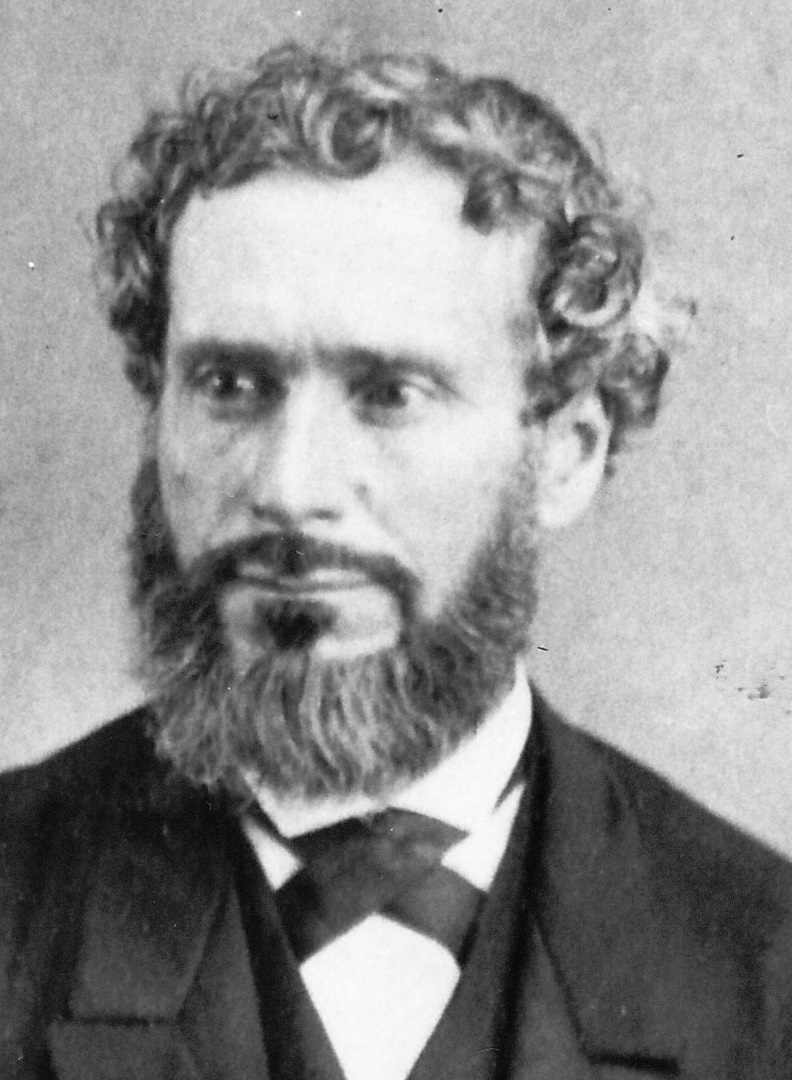Robert Davidson’s invention of the DC motor, and working model of a tiny locomotive encouraged others to try their hand. Between 1832 and 1839, Robert Anderson of Scotland invented a crude electrical carriage, and patented the use of rails as electrical conductors. Then his compatriot Robert Davidson built a working locomotive in 1842, and achieved four miles per hour on zinc-acid batteries. However, Charles Pages calamitous locomotive experiment was the first high speed attempt.
How Electromagnetism Inspired Pages Calamitous Locomotive

Charles Page (1812-1868) developed innovative ideas through observing and experimenting with natural phenomena. First, he invented a spiral conductor demonstrating Faraday’s self-inductance while he was still a medical student.
This success inspired Charles Page to explore ways to increase battery output voltage, leading to him developing the first transformer. Next, he developed an electromagnetic coil in the 1840’s that drew an iron rod into its interior. But returned it when the power was off. After deriving rotary motion from this experiment, he successfully petitioned the U.S. Senate for funds to build what we now call Charles Pages calamitous locomotive.
How Charles Pages Electric Locomotive Came and Went
Firstly, the energy for the locomotive came from acid batteries with electrodes of platinum and zinc. Then fragile clay diaphragms kept the individual cells apart. After boosting output from 8 to 20 horsepower, Charles Page headed out of town in a ten-ton battery-driven locomotive.

Disaster struck when high voltage sparks penetrated insulation causing short circuits in the coils. Next, the fragile clay separators in the batteries began disintegrating. After traveling 5 miles at up to 19 miles per hour, Charles Page threw in the towel and reversed carefully and slowly back home.
His critics mocked the design of Charles Pages calamitous locomotive. Because you will never run a vehicle on batteries they said. Union soldiers destroyed his equipment, inventions, and laboratory notebooks during the Civil War as an act of gratuitous violence. Thus the intriguing pictures in this post are all we have to show for all his efforts
Related
The First (Model) Electric Car: Anyos Jedlik 1828
Davenport’s Thoughts of Electric Streetcars in 1834
Preview Image: Charles Page’s Electromagnetic Locomotive




